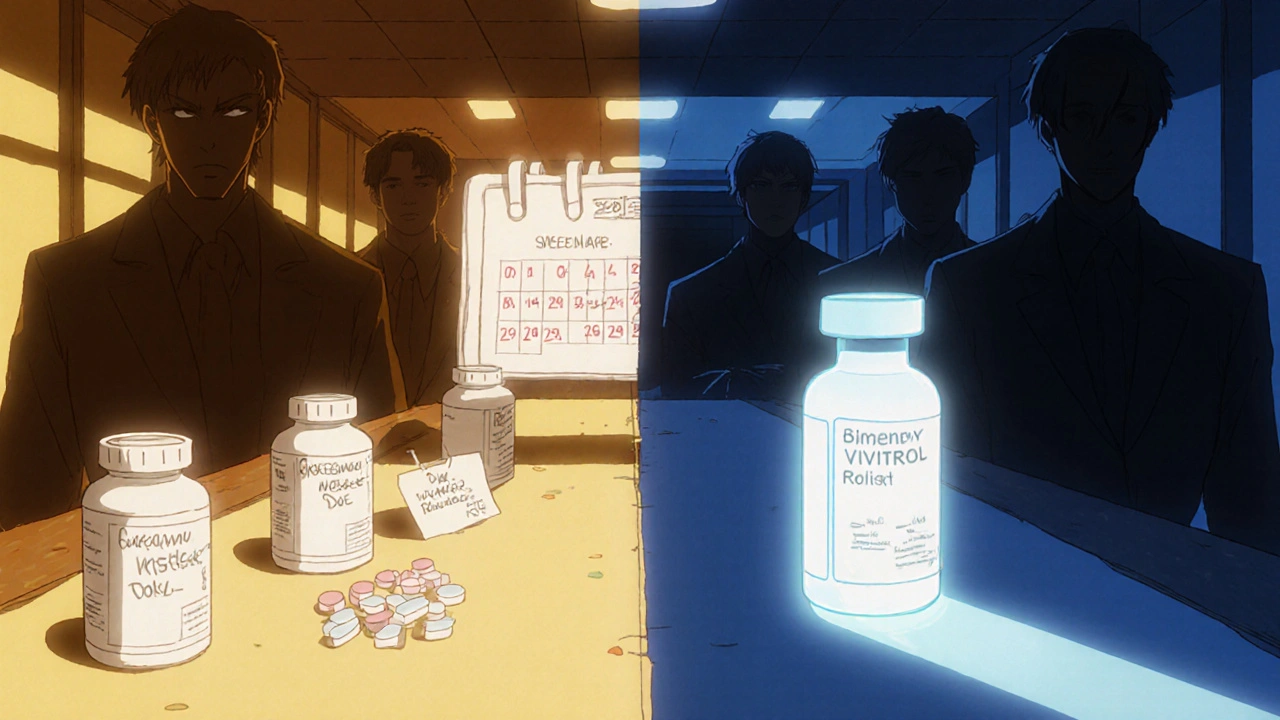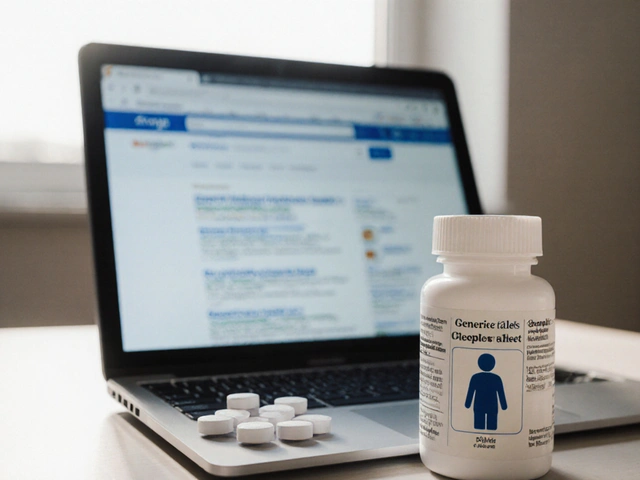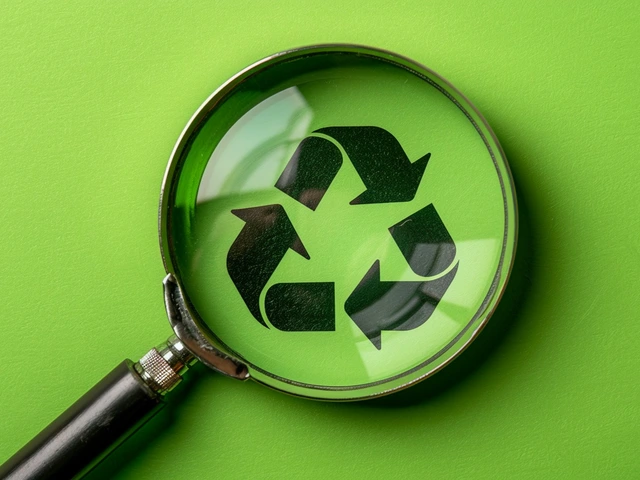Naltrexone Hydrochloride: Uses, Alternatives, and What You Need to Know
When you hear naltrexone hydrochloride, a medication used to block opioid receptors and reduce cravings for alcohol or drugs. Also known as naltrexone HCl, it’s not a cure, but a tool that helps people stay on track during recovery by stopping the high from opioids or the urge to drink. Unlike methadone or buprenorphine, it doesn’t activate opioid receptors — it just blocks them. That means if someone takes opioids while on naltrexone, they won’t feel anything. No rush. No relief. Just silence where the high used to be.
This makes it powerful for people who’ve already cleared opioids from their system and want to avoid relapse. It’s also used for alcohol use disorder because it reduces the rewarding feeling of drinking. The body doesn’t learn to crave it the same way. You don’t get addicted to naltrexone itself. It doesn’t make you sleepy or high. It just clears the path so your brain can reset.
It’s often paired with counseling or support groups because medication alone doesn’t fix habits. But when used right, it gives people breathing room — time to rebuild routines, repair relationships, and find new ways to cope. Some take it as a daily pill. Others get monthly injections, which helps with consistency. The key is sticking with it. One missed dose won’t break things, but inconsistent use makes it less effective.
It’s not for everyone. You can’t start naltrexone until you’ve been opioid-free for at least 7–10 days. If you’re still dependent, it can trigger sudden withdrawal — painful and dangerous. That’s why doctors test for opioids first. People with liver problems also need careful monitoring. It’s not a magic bullet, but for many, it’s the turning point.
Related treatments like alcohol dependence therapy, a structured approach combining medication, counseling, and lifestyle changes to reduce drinking or opioid overdose reversal, the emergency use of naloxone to restore breathing after an opioid overdose often come up alongside naltrexone. Naloxone saves lives in emergencies. Naltrexone helps prevent them later. They’re different tools for different moments.
You’ll find posts here comparing naltrexone to other addiction treatments, looking at side effects, how it stacks up against newer options, and what real people experience while using it. Some talk about the emotional side — how it feels to finally stop chasing a high. Others break down the science simply: how it binds to receptors, how long it lasts, why some people respond better than others. There’s no fluff. Just facts, experiences, and practical advice from people who’ve been there.
If you’re considering naltrexone — or know someone who is — this collection gives you the real picture. Not the marketing. Not the myths. Just what works, what doesn’t, and what to watch out for.
Naltrexone hydrochloride helps treat alcohol and opioid dependence, but alternatives like Vivitrol, Campral, and Suboxone may work better depending on your needs. Learn how they compare and what works best.
Read more






